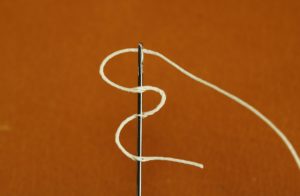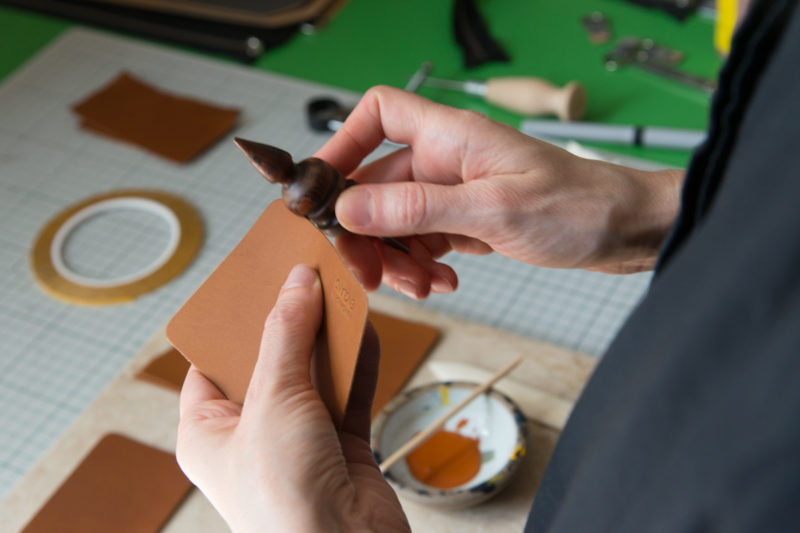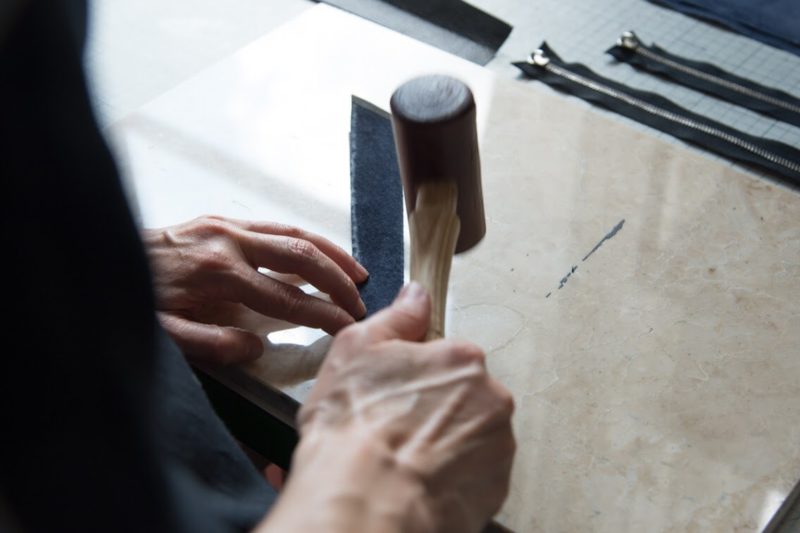We’ve indulged in sewing for centuries and it has significantly shaped the fashion industry as we know it today. At first, sewing started as a means to create essential clothing using rudimentary materials like palm leaves. However, as time passed and as more and more materials and fabrics were used to make clothes, the sewing process evolved and became a full-fledged domain of practice in itself.
Sewing has played a critical role in the establishment and growth of various industries, leathercrafting being one such niche. Considering the ancient history associated with leather products and sewing, it’s no surprise that both these processes have not only integrated with each other but have also become complementary to one another.
Over time and with advancements in our technical abilities, machine sewing processes replaced hand sewing techniques. View this youtube video to better understand this transition. You’ll also learn how you can gain proficiency in sewing leather with a sewing machine. Read on to know how you can better integrate the sewing process into your leathercrafting process and create premium leather products. So whether it is types of leather stitching or decorative leather stitching, how to sew thin leather, how to sew leather with an awl, or leather stitching tools that you want to learn about, this is the right place.
Start By Making A Groove
A groove is an extended cut in hard material. Know that processed leather is a hard material to work on. So you’d be better off by creating a template within the base leather before you start your actual work. This basic technique assists you as a leatherworker stay in control of your project and significantly elevates your leathercrafting experience. You’ll need a leather stitch groover, leather tools, wallet making tools, and leather tools kits to ace this. Looking to explore leather groover – how to use? The video has the answer.
Choose The Thread Type

Stuck with trying to understand the leather hand sewing thread size chart? Or exploring what size thread to use for hand sewing leather? Well, for starters, the type of thread you use to sew leather affects the overall quality of your product. The choice of thread should be made considering several factors like the type of leather, the type of product to be manufactured, the design and the durability or strength required, and so forth. For example, it’s a well-known fact that bonded nylon thread for leather is a great pick as nylon fibre imparts longevity and robustness into a product. Hence it’s a viable option for the stitching of stiff textile-like base leather. Additionally, the tannins of the leather will not wear down the nylon thread.
Another type of thread that’s available is called a waxed thread. Waxed thread for sewing leather is water-resistant and thus ensure a longer shelf life for your product.
Thus, depending on what product you’re looking to create, you should pick out a leathercrafting thread ( silk thread for leather or linen thread for leather stitching, for instance) whose properties align with your final objective.
You’ll also need a leather needle to proceed. Trust on local leather sewing thread suppliers for this.
Step By Step Instruction On How To Sew Leather
How to sew leather corners, how to sew veg tan leather, how to end a stick in leather – these are some common questions that all beginners leather crafters will stumble upon. And here’s some help.
Once you’ve created a template and have selected your thread, it’s time to sew your leather product. We’ve put together some basic rules that you should adhere to while sewing leather, in this case, hand sewing a leather bag –
- The type of stitch used to sew sharp corners in leatherworking is known as a box stitch. Make sure to get a feel for this sewing technique to create a leather product of premium finish.
- Place the two leather base pieces together while positioning your needle with both the front and bottom. Start sewing as per the template you’ve created.
- Stitch right through the material. Keep going down the base leather until the bottom to complete any one stitch.
- Repeat this process until completion.
Yes, that’s right. Sewing on base leather is not as hard as it sounds. Once you’ve gained proficiency in the box stitch, you can look to venture into other stitches like a single stitch, saddle stitch, zigzag stitch, cross-stitch, and baseball stitch.
With this article, one thing is obvious. There’s a lot more to sewing than we already know. It’s distinctive and has variations in terms of its different characteristics and properties. Thus, it’s imperative for us as leathercrafters to understand the various nuances involved in sewing to create leather products of premium quality.
We, at CreateLab, always try to provide our audience with resourceful content, something that’ll add to their leathercrafting experience. Subscribe to our newsletter to stay updated with all the insightful content that we’ve to offer.





